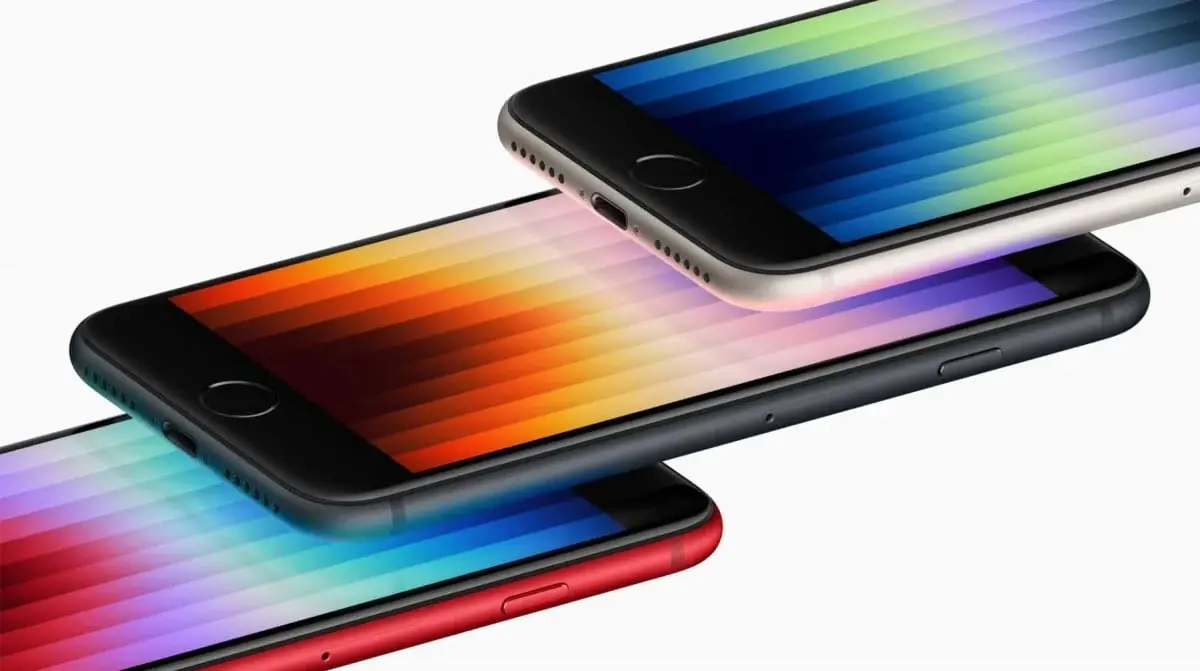Apple has enjoyed successful iPhone sales in China for a long time, but the Asian market, which has significantly contributed to Apple's growth, is now falling short of Apple's expectations. This is primarily due to the rise of Chinese smartphone manufacturers and the regulatory constraints imposed by the Chinese government.
Declining iPhone Sales in China
Despite a global 8% increase in smartphone sales in the first quarter of the year, iPhone sales witnessed a 10% decline, as reported by IDC, a research firm. The ban on foreign brands in China has also played a role in the decrease in Apple's sales.
Apple's Challenge with Device Upgrades
Bloomberg suggests that the root cause of Apple's declining sales lies within the Apple devices themselves. Existing users are reluctant to upgrade to new devices, indicating that Apple needs to attract more individuals to join the Apple ecosystem. The lack of sufficient incentives for consumers to upgrade to newer devices seems to be a critical issue for Apple.
People are Looking for a "Better iPhone SE"
Users often perceive the annual minor improvements in Apple's iPhone lineup as insufficient to justify an upgrade. To address this, Apple should consider introducing new product lineups. While Apple recently unveiled the Vision Pro, its high price and the extended adaptation period may not significantly boost Apple's revenue in the short term.
Introducing iPhone SE – 2022
Apple's best strategy at present would be to launch a budget-friendly iPhone option. Despite previous iPhone SE models being offered at half the price of standard and Pro iPhones, their design appeared outdated. While competitors introduced advanced cameras and larger screens in the $400 price range, Apple chose to equip the iPhone SE with a single camera module.
In conclusion, Apple may currently lag behind its competitors in artificial intelligence (AI), but the development of an on-device large language model for iPhones is underway. This initiative aims to enhance user privacy by processing data locally on the device rather than in the cloud, aligning with Apple's commitment to safeguarding user privacy.


Leave a Reply